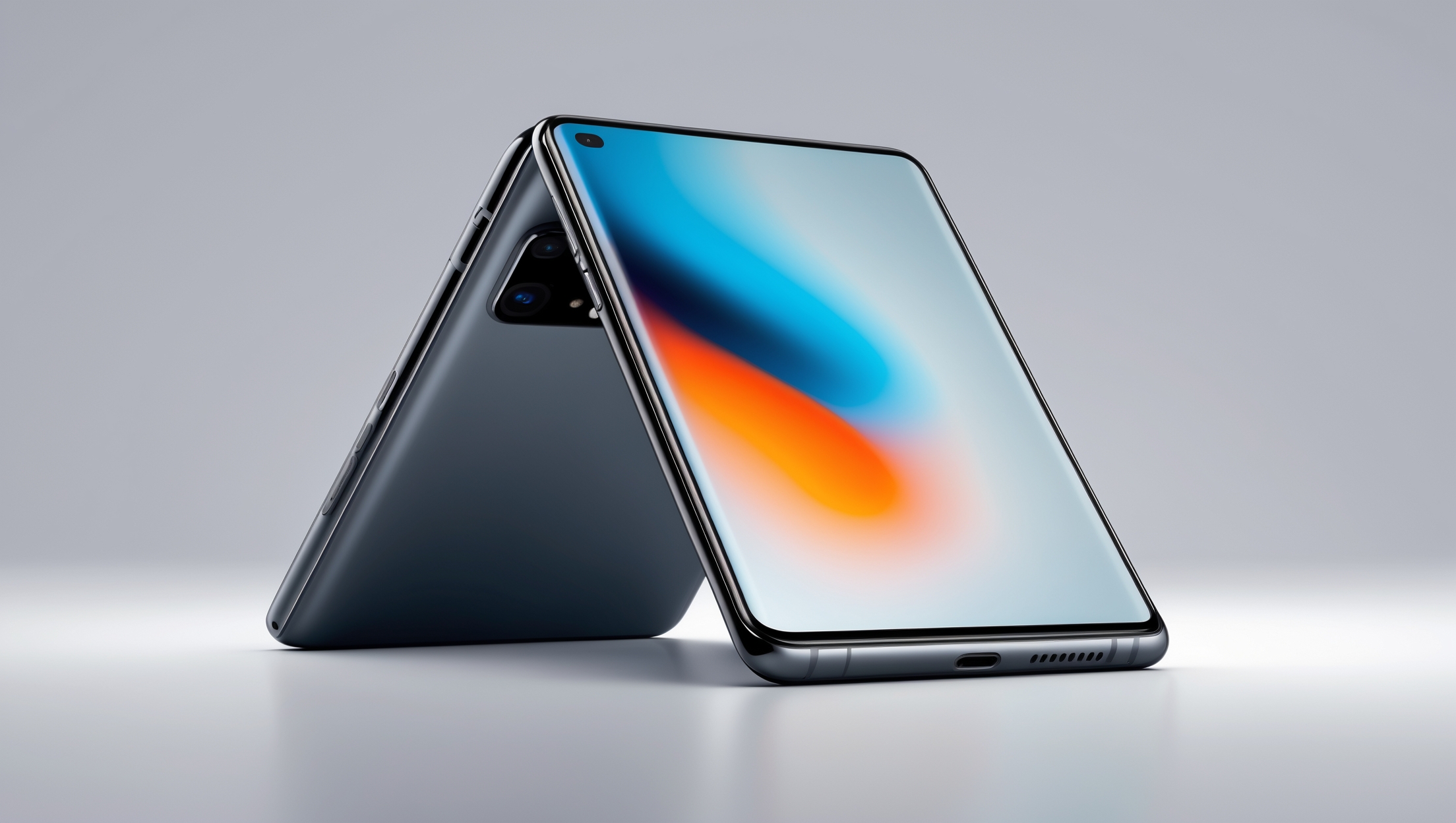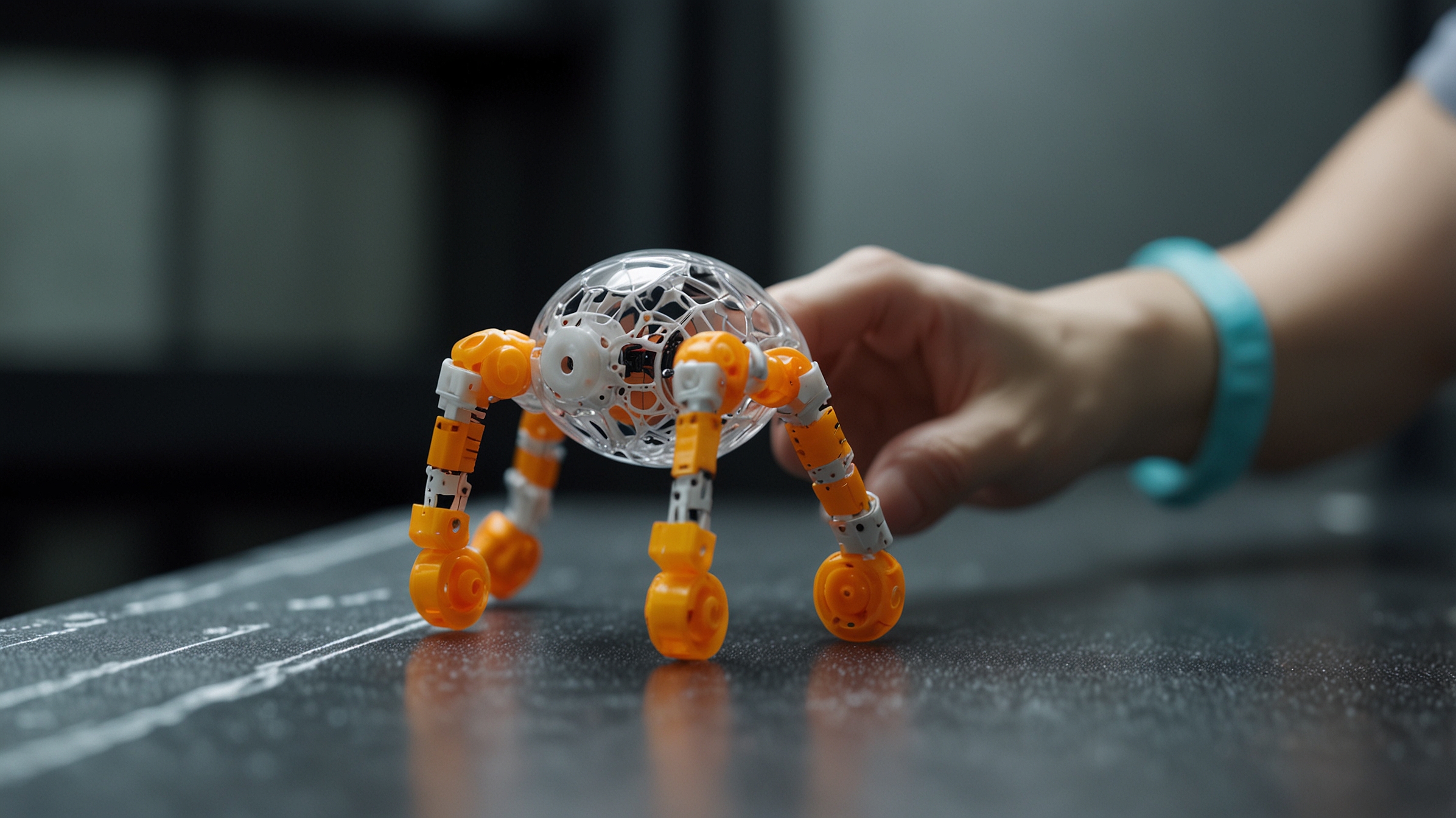In today’s digital world, it’s getting harder to believe your eyes and ears. Thanks to synthetic media — especially deepfakes — we are entering an era where artificial creations are almost indistinguishable from reality. While this technology opens up exciting creative possibilities, it also presents significant ethical and societal challenges. Let’s take a closer look at how deepfakes work, their risks, and their potential for good.
What Exactly Is a Deepfake?
The term “deepfake” comes from “deep learning” and “fake.” It refers to hyper-realistic videos, audio, or images generated using artificial intelligence. Deepfakes can swap faces in videos, create convincing audio clips of people saying things they never said, or even generate entire virtual personas that don’t exist.
At the heart of deepfakes are machine learning models, particularly something called Generative Adversarial Networks (GANs). These systems train by analyzing countless real-world examples, learning how to mimic them with shocking accuracy. The more data you feed the algorithm, the more realistic the output becomes.
The Dark Side: Risks and Ethical Dilemmas
While the technology behind deepfakes is fascinating, it also raises major red flags.
Misinformation and Fake News: One of the biggest concerns is the spread of misinformation. A realistic video showing a public figure making false statements could quickly go viral, influencing opinions and even elections before the truth is uncovered.
Personal Harm and Harassment: Deepfakes have also been misused for revenge, harassment, and exploitation. For example, fake explicit videos have been created without people’s consent, causing emotional distress and reputational damage.
Loss of Trust: If people can no longer trust video or audio recordings, it undermines a fundamental part of how we document truth — from news reporting to court evidence.
These risks have prompted tech companies, lawmakers, and ethicists to seek solutions, such as developing detection tools, setting regulations, and raising public awareness.
The Bright Side: Creative and Positive Uses
Despite these dangers, synthetic media isn’t all bad news. In fact, it has the potential to revolutionize industries like film, education, and communication.
Entertainment and Film: Deepfake technology can de-age actors, resurrect historical figures, or allow filmmakers to create scenes that were previously impossible without heavy CGI. For example, some movies have used synthetic media to bring back actors who have passed away or to seamlessly blend stunt doubles into action scenes.
Education and Training: Imagine an interactive history lesson where Abraham Lincoln “speaks” directly to students, or medical training simulations that create realistic patient interactions. Deepfakes can make learning more engaging and immersive.
Accessibility: Synthetic voices and avatars can be created for people who have lost their ability to speak. With consent, a person’s voice and appearance could be preserved digitally, offering a new form of communication.
How to Spot a Deepfake
As deepfakes become more sophisticated, spotting them gets harder — but it’s not impossible. Common giveaways include:
- Subtle facial glitches: Look for odd blinking, unnatural skin textures, or strange lighting.
- Audio mismatches: Deepfake audio might not perfectly match the mouth movements.
- Background inconsistencies: Blurring or warping around the edges of faces and objects can be a clue.
Researchers are also developing AI-powered detection tools, but it’s important for consumers to remain cautious and critically evaluate online content.
The Road Ahead: Regulation and Responsibility
As synthetic media becomes more mainstream, there’s a growing call for clear guidelines and regulations. Some platforms already require labels for AI-generated content, while governments are exploring laws to penalize malicious use.
At the same time, the tech community is working on creating “watermarks” for deepfake media — invisible tags that identify synthetic creations. Education will also play a crucial role: teaching people how to recognize deepfakes and understand their implications.
Ultimately, like any powerful tool, synthetic media isn’t inherently good or bad. It’s up to us — developers, regulators, and everyday users — to harness its creative potential responsibly while minimizing harm.








